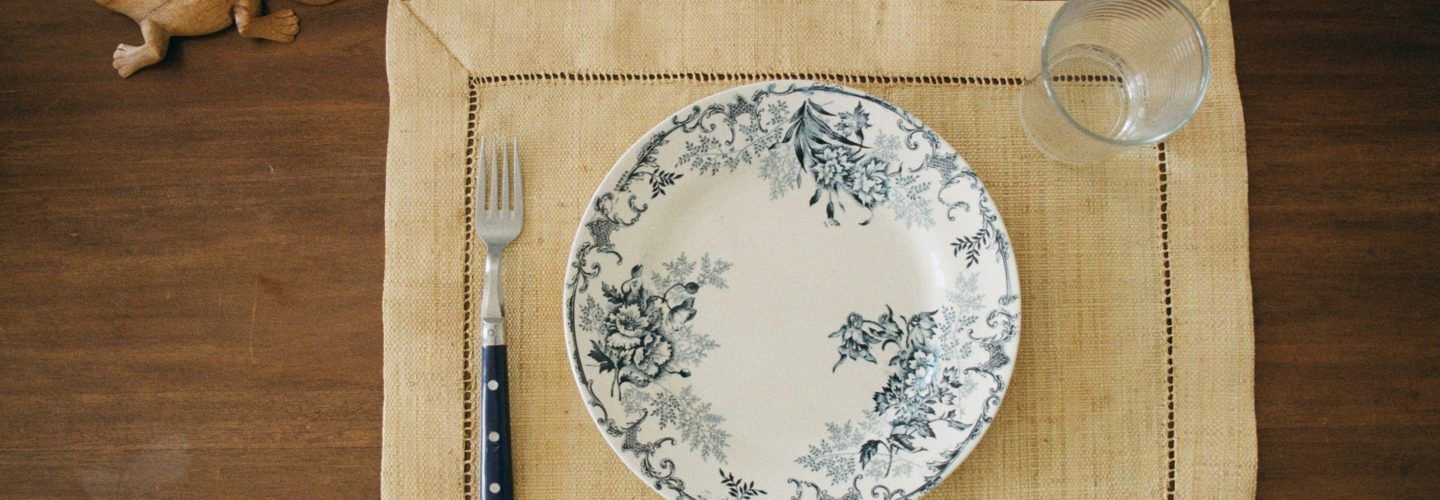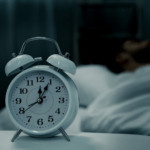There was a paper on time-restricted feeding (TRF) that caught my attention recently. This study looked at what they called “early TRF” (eTRF). As its name implies, eTRF refers to shifting the feeding window earlier in the day. In this study, relatively healthy (i.e., non-diabetic) participants were placed on a diet whereby they ate between 8 am and 2 pm each day, in a 4-day randomized crossover study. The control schedule was a feeding window between 8 am and 8 pm. So, eTRF was an 18/6 protocol, while control was a 12/12.
The study was nicely controlled: both the intervention and control ate the same three meals each day, with eTRF mealtimes commencing at 8 am, 11 am, and 2 pm, while the controls were fed at 8 am, 2 pm, and 8 pm. (No detail provided on the actual diet, other than the macronutrient composition of 50% carbs, 35% fat, 15% protein, designed to meet weight-maintenance energy requirements.) Participants wore continuous glucose monitors (CGMs) beginning on day 3 of the study until the morning of day 5. (Why participants couldn’t wear CGMs for the duration of the study—4 days of eTRF + ~4 weeks of washout + 4 days of control feeding—was a question I was asking myself when reading this paper.)
One of the great things about using CGMs in studies is that we now have a window into what’s going on with blood glucose levels at all times, particularly at night and during sleep. Typically, most studies only report a couple of snapshots of fasting glucose in the morning, during baseline and follow-up. CGMs give you the movie, and this movie looks a lot like the one I’ve been seeing in myself and my patients (those willing to wear CGM) for the past few years.
The eTRF group had lower 24-hour glucose levels, which only told part of the story. There wasn’t a significant difference between eTRF and control when participants were awake, but eTRF lowered mean glucose levels when asleep. Glucose excursions, something I harp on quite a bit, also were reduced during eTRF. Insulin levels were also significantly lower in eTRF compared to control.
Turning to cortisol, eTRF tended to increase morning cortisol levels and decrease them at night (an ideal pattern), which suggests an improvement in circadian rhythm, and may explain the lower glucose levels in this group. But I would have liked to see the investigators look at free cortisol in the urine rather than in the blood as a spot check. The latter gives a really incomplete picture so take these results with a grain of salt.
What came as a surprise to the investigators, given only 4 days of intervention, eTRF induced “wide-sweeping changes in circadian clock gene expression,” as 6 out of the 8 circadian genes they tested were affected. In particular, during the morning before breakfast, eTRF (i.e., at the end of an 18-hr fasted period) increased both SIRT1 and the autophagy gene LC3A compared to control.
The study covered a lot more than I did above, and keep in mind that it is not without limitations, in particular, it’s small and short—this tends to be the tradeoff in highly-rigorous diet studies, unfortunately. Nevertheless, it’s intriguing for several reasons (that admittedly move in the direction of confirming my biases):
- Avoiding food for several hours (in this case, more than 8 hours) before bed may help lower nighttime cortisol and overnight glucose (and possibly sleep quality)
- The eTRF group showed lower glucose, glucose excursion, and insulin levels
- They also showed an increased expression in the autophagy gene LC3A, suggesting that more autophagy occurred during eTRF
- The SIRT1 gene was also upregulated in the morning during eTRF (if you want to hear more about the importance of sirtuins, listen to my interview with David Sinclair)
The above are especially interesting because both the eTRF and control ate the same amount, type, and number of meals each of the 4 days of the study. There are some obvious social limitations of the eTRF implemented in this study. If your last meal is 2 pm, you’re likely making a hell of a lot of changes in life! My observations do suggest that not eating for several hours before bed improves nighttime glucose and sleep. But, how much of a difference would we see if the eTRF group ate meals between 11 am and 5 pm? That protocol is an easier pill for most people to swallow, but the question becomes, how much less (or more) effective is that pill compared to a 2 pm dinnertime? While there were several limitations in this study, I’d like to see this group improve from this one and pursue some different feeding windows and see if there is an optimal window of feeding (and fasting) for TRF.
– Peter






The timing of a TRF eating window is sadly under-researched.
More and more evidence is being accumulated of myriad benefits to TRF, but precious little of whether the timing matters; and if so, by how much and in which direction.
As you mention, many people find it difficult to accommodate eTRF. We are the same – our family evening meal time is far too important to us.
It makes sense, hormonally, that eTRF might be more efficacious. But one wonders how that might make sense from an evolutionary perspective? As hunter-gatherers – in the absence of ubiquitous food storage capacity – we would most likely have had less access to food early in the day, before we had had a chance to find it.
Mostly we would be limited by daylight so on the opposite I would think a couple hours post the sun rising would be likely to be the first fed and the last would have been prior to sunset.
I m curious to know if the shorter interval is relevant ie. 10am to 3pm.
Also curiously enough 8 am.& 2 pm would be very easy on this side of the ocean (at least if you work in an office). I may changed the hour to 1pm but it won’t cause any disruption (though I don’t have kids).
Thank you for sharing your knowledge
For an eating study that’s big and fairly long (and, of course, the furthest thing from scientific), the historical Buddha decided, two and a half millennia ago, that the optimal eating window closed sharply at noon. Theravada monks generally ate only once a day and were restricted to whatever someone plopped into their bowl on the alms round. They’re still doing this; you can check it out at Metta Forest Monastery (right outside San Diego). Meditation instruction too, if you’re interested.
Great information, thank you.
This study has 2 problems in my opinion.
The exact same benefits could be obtained by fasting from 2 pm to 8 pm and this needs to be investigated.
They need to compare 8 am to 2 pm with 2 pm to 8 pm feeding windows.
Comparing grazers to fasters is no comparison at all.
Also this was not an 18:6 fasting protocol because the meal “commenced” at 2 pm meaning it was more of a 19:5.
I have been mostly confused with all the websites claiming this study was a 6 hour eating window when they did not finish eating by 2 pm but rather started their last meal at 2 pm going over the 6 hour window.
oops I meant 17:7
I started TRE a month ago after a 3-day fast that cleared up 2 years of chronic atopic dermatitis. No skin doctor had helped me before or suggested that the source of the problem might be inflammation. I now eat between noon and 6 pm, and avoid sugar, dairy, and wheat. I feel fabulous. I am 63.
‘Avoiding food for several hours (in this case, more than 8 hours) before bed may help lower nighttime cortisol and overnight glucose (and possibly sleep quality)’
Following eTRF possibly lowers sleep quality?
Apparently it does. You may find this rather long presenation with various guests of interest.
https://youtu.be/SCdvWB8xvms
I second the concerns for lack of PM (lateTRF) control as mentioned in the comment above and respectfully disagree about this study giving us an optimal window at all. This is more as study of duration of fasting, which has been done many times. We know from rat models mTOR or BDNF and all the other changing gene expression is going to continue for 1-3 days at least (you want to get fully out of the glycogenolysis window) with longer fasting but I’m really not an expert. Back in undergrad I participated in a study using a stroke recovery model in rats to show improved functional recovery using alternate day fasting back in 2008 and I’m an MD now. You really need to fast for 2-3 days to hit peak benefit but who wants to fast that long on a regular basis? Most patients/families in my area get very concerned if you tell them not to eat for a few hours before surgery so we have a long way to go. I appreciate the discussion of the important topic though. Its about time intermittent fasting hit the cultural zeitgeist. I’m waiting for an intermittent fasting insulin regimen 😉 but it should become simple enough once we have commercially available artificial pancreas set-ups.